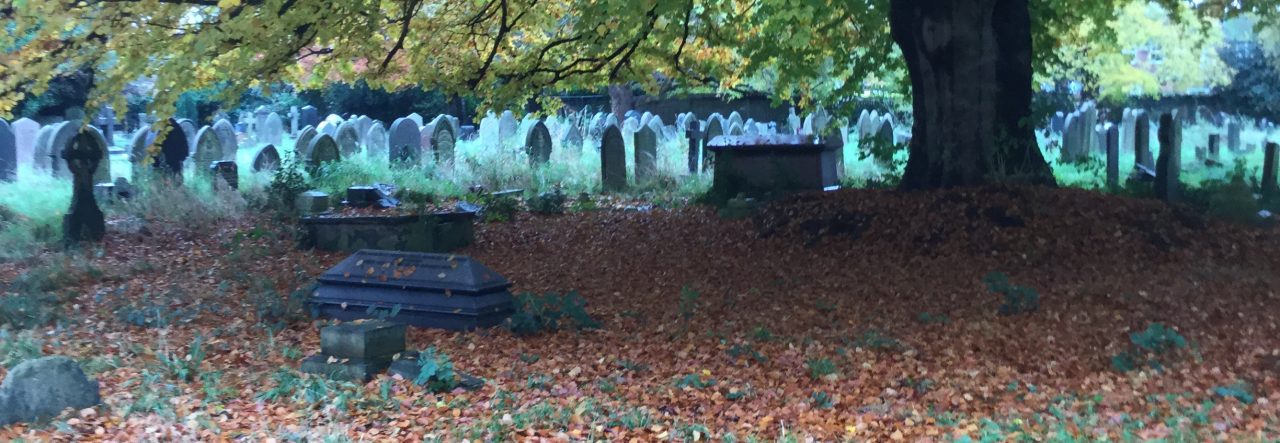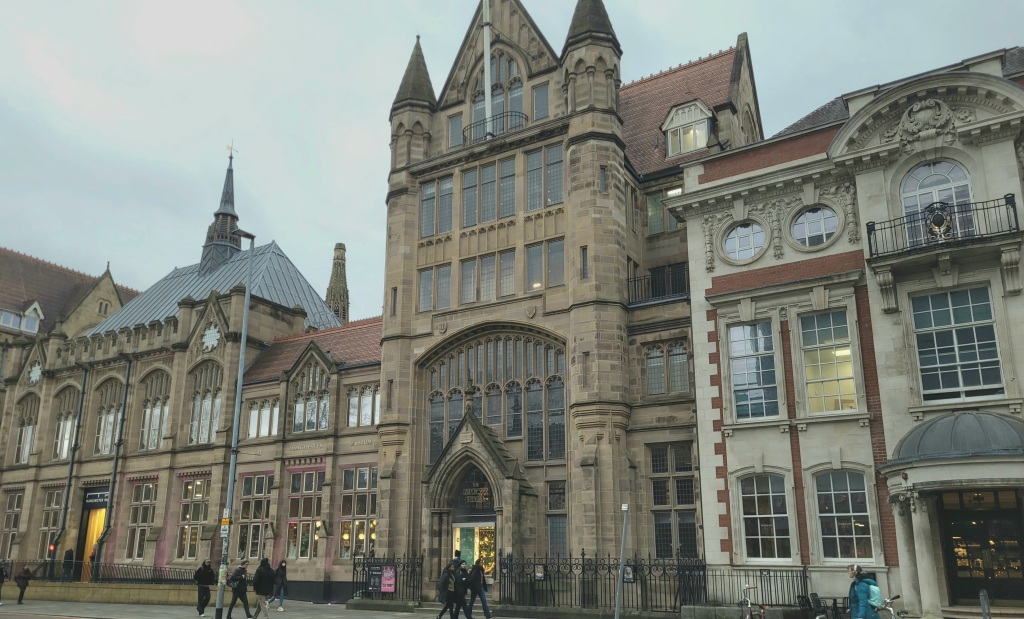
Manchester Museum, Oxford Road, Manchester, Greater Manchester UK.
In 2013 Manchester Museum made global headlines because of an alleged haunted statue, which drew even more visitors to one of the UK’s best museums. Manchester Museum is a wonderful museum displaying works of archaeology, anthropology and natural history and is owned by the University of Manchester, in England. The museum is situated on Oxford Road at the heart of the university’s group of neo-Gothic buildings, it provides access to about 4.5 million items from every continent. It is the UK’s largest university museum and serves both as a major visitor attraction and as a resource for academic research and teaching. It has around 430,000 visitors each year.
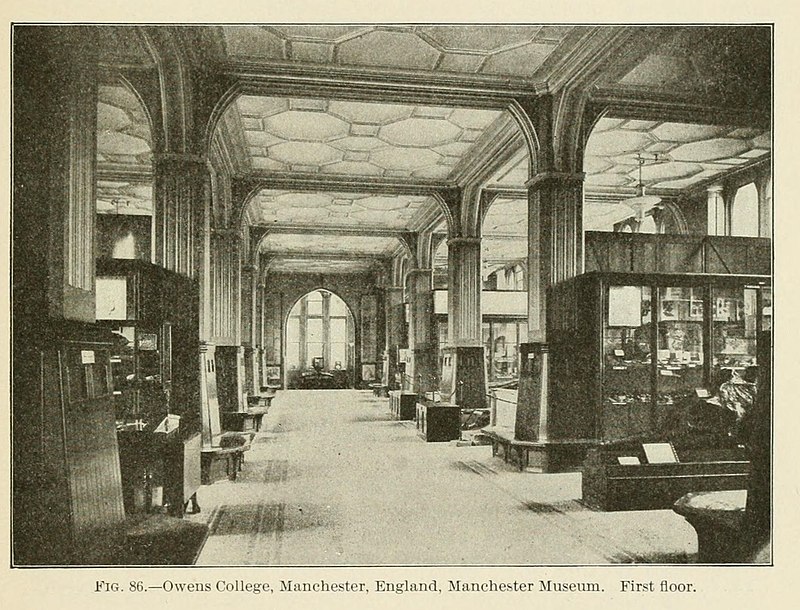
The First Floor Of The Museum In 1903.
The museum’s first collections were assembled by the Manchester Society of Natural History formed in 1821 with the purchase of the collection of the early textile industrialist, John Leigh Philips (1761-1841). The society established a museum in Peter Street, Manchester, on a site later occupied by the Young Men’s Christian Association, in 1835. This was extended in 1850 to include the collections of the Manchester Geological Society (who were founded in 1838).
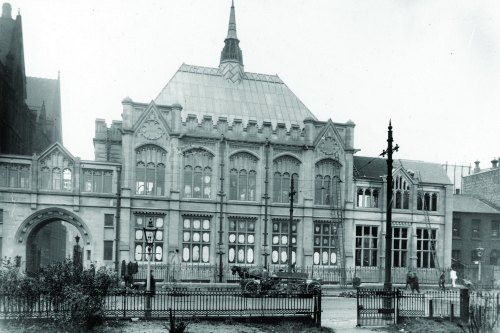
The Museum’s Extension And Bridge Were Completed In 1912.
From 1835 to 1838 William Crawford Williamson, a young Yorkshire naturalist and geologist, was employed as manager and curator, the start of his long career in Manchester, mixing natural history and medicine. The museum charged for the admission of non-members, including the working classes, but by the 1860s the middle-class membership was falling and both societies encountered financial difficulties The museum first looked to local government for support, but on the advice of the evolutionary biologist Thomas Huxley it was Owens College, founded in 1851, which agreed to take the collection Owens College (now the University of Manchester) accepted responsibility for the collections in 1867. The museum in Peter Street was sold in 1875 after Owens College moved to new buildings in Oxford Street. However there was display room only for geology.
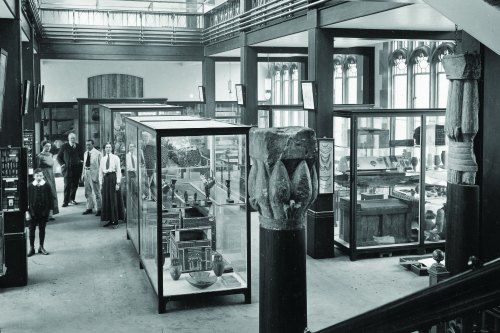
A Victorian Collection. Manchester Museum’s Egyptology Gallery c.1912.
By 1887, however, the college’s supporters had funded and built a large gothic museum, at the front of the college quadrangle. It connected with the Beyer Building which housed geology and zoology and botany, and, like the other college buildings, it was designed by the acclaimed artechetiure Alfred Waterhouse. Thomas Henry Huxley had advised on the principles of the building, while William Boyd Dawkins had developed the galleries, first as curator to the Natural History Society and then as Professor of Geology at the college. It was built on a site in Oxford Road (which was then Oxford Street. The new galleries were to be used by college staff and students, but they were also open to the public. The Manchester Museum was opened to the public in 1888. At the time, the scientific departments of the college were immediately adjacent, and students entered the galleries from their teaching rooms in the Beyer Building.
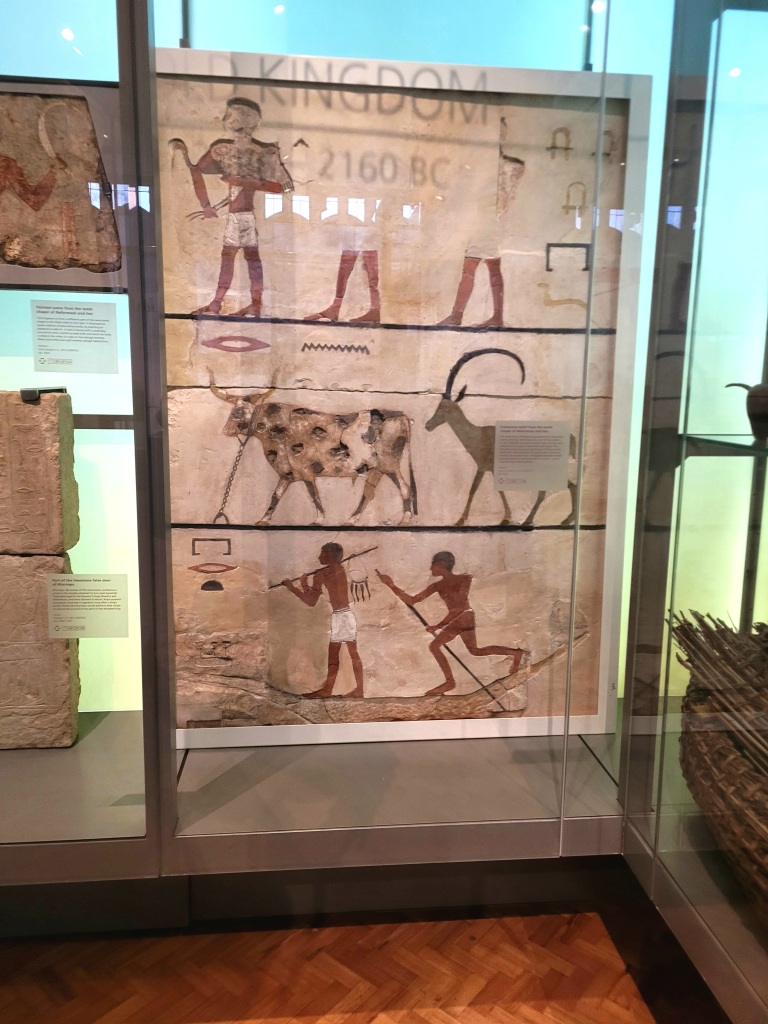
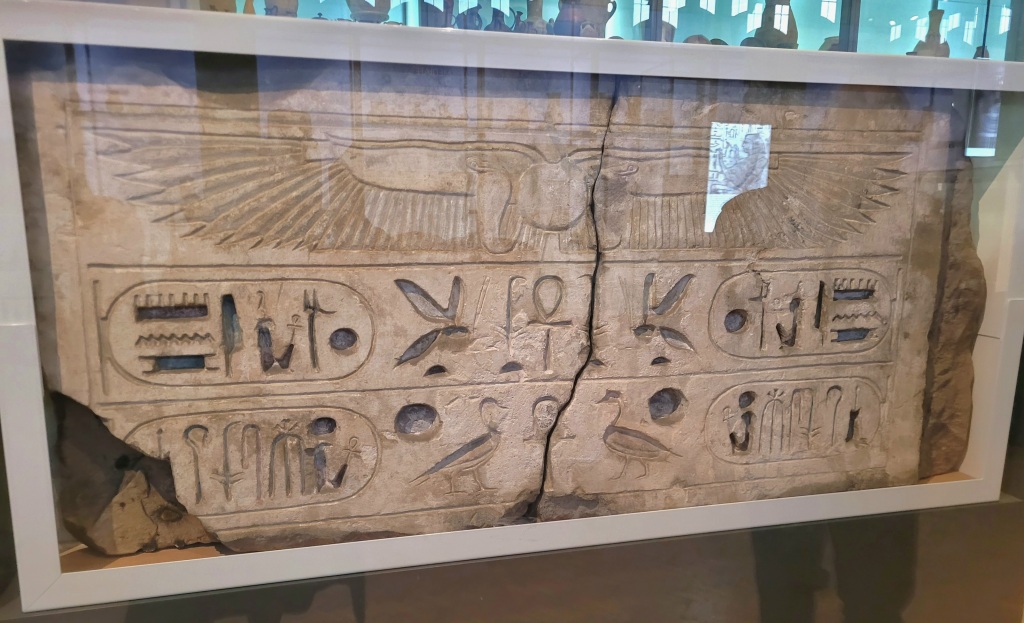


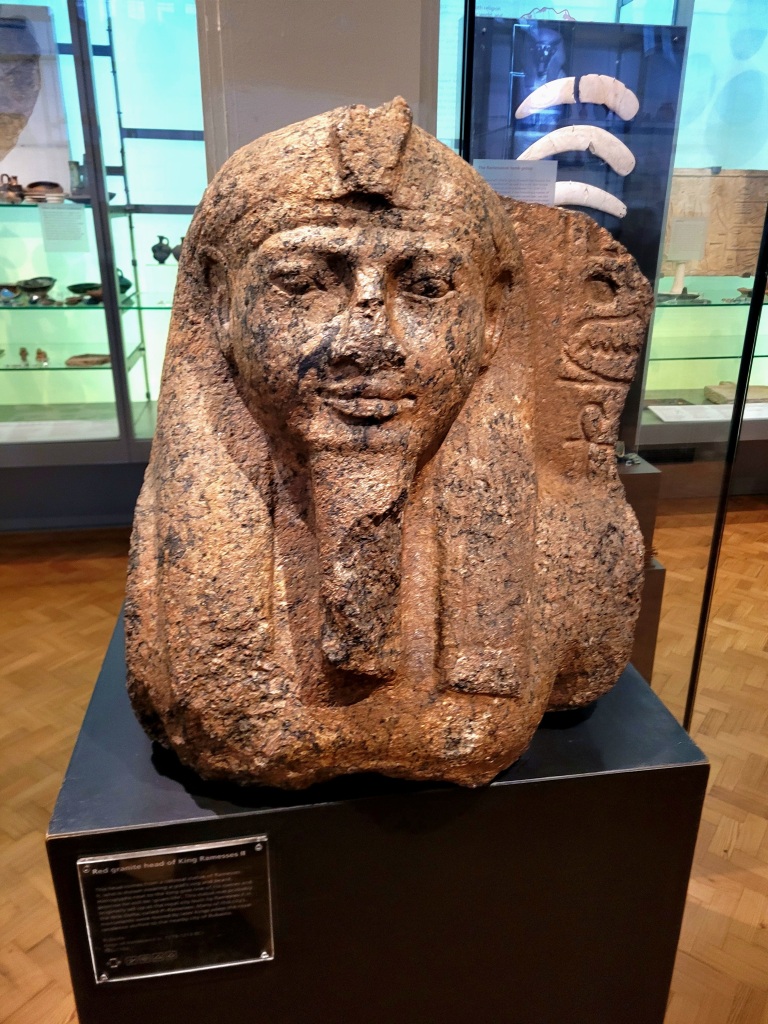
The Manchester Museum houses over 18000 objects from ancient Egypt making it one of the largest collections in Britain.
Two subsequent extensions mirror the development of its collections. The 1912 pavilion was largely funded by Jesse Haworth, a textile merchant, to house the archaeological and Egyptological collections acquired through excavations he had supported. The 1927 extension was built to house the ethnographic collections. The Gothic Revival street frontage which continues to the Whitworth Hall has been ingeniously integrated by three generations of the Waterhouse family. When the adjacent University Dental Hospital of Manchester moved to a new site, its old building was used for teaching and subsequently occupied by the museum.
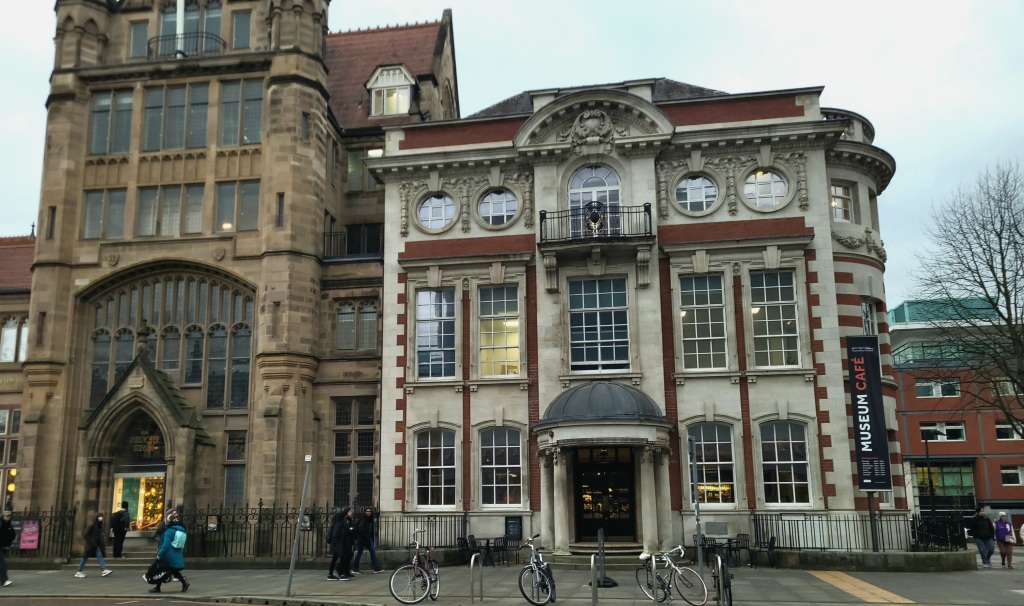
The former Dental Hospital, The Museum Café Is Now Located In The Basement.

Taxidermist Harry Brazenor sits atop the Museum’s sperm whale skeleton during its installation, 1898.
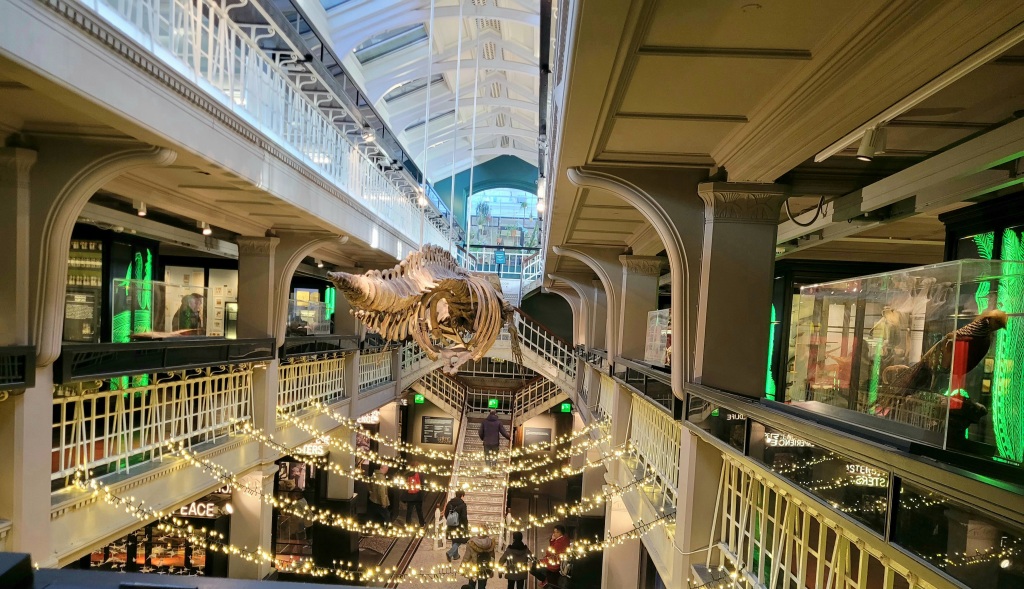
And today situated In The The Vivarium, Which Houses A Collection Of Live Amphibians And Reptiles Including Many Critically Endangered Species.
In 2004 the museum acquired a reproduction cast of a fossil Tyrannosaurus Rex which is mounted in a running posture. “Stan”, as it is called, is based on the second most complete T. rex excavated in 1992 in South Dakota, by Stan Sacrison.
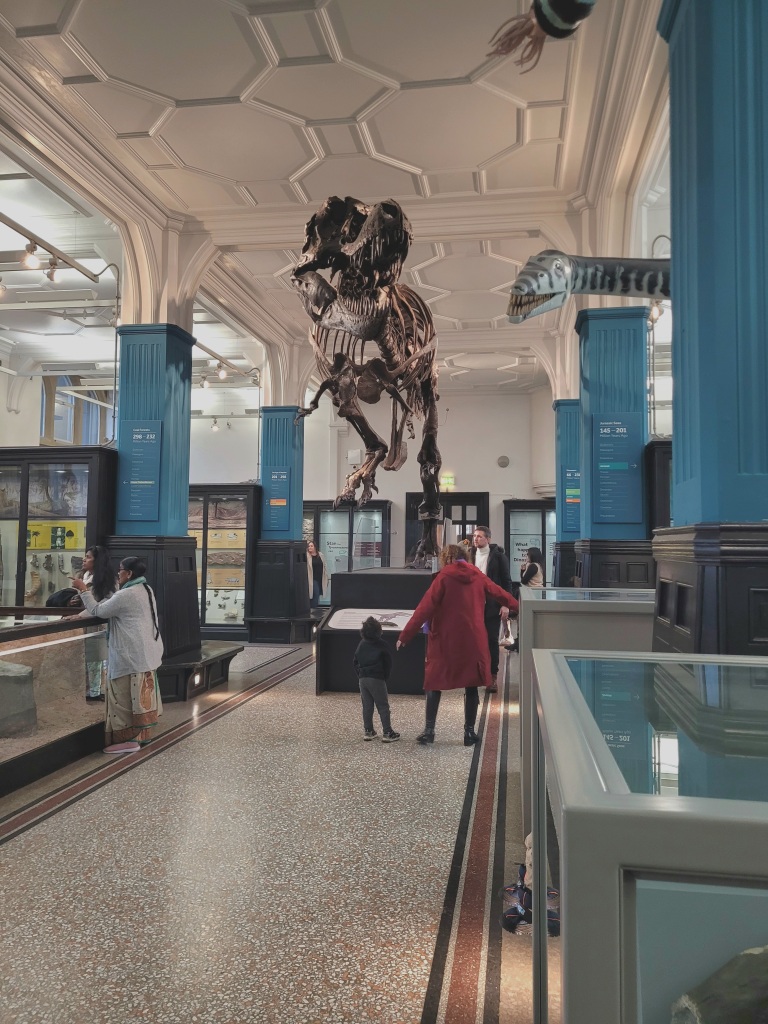
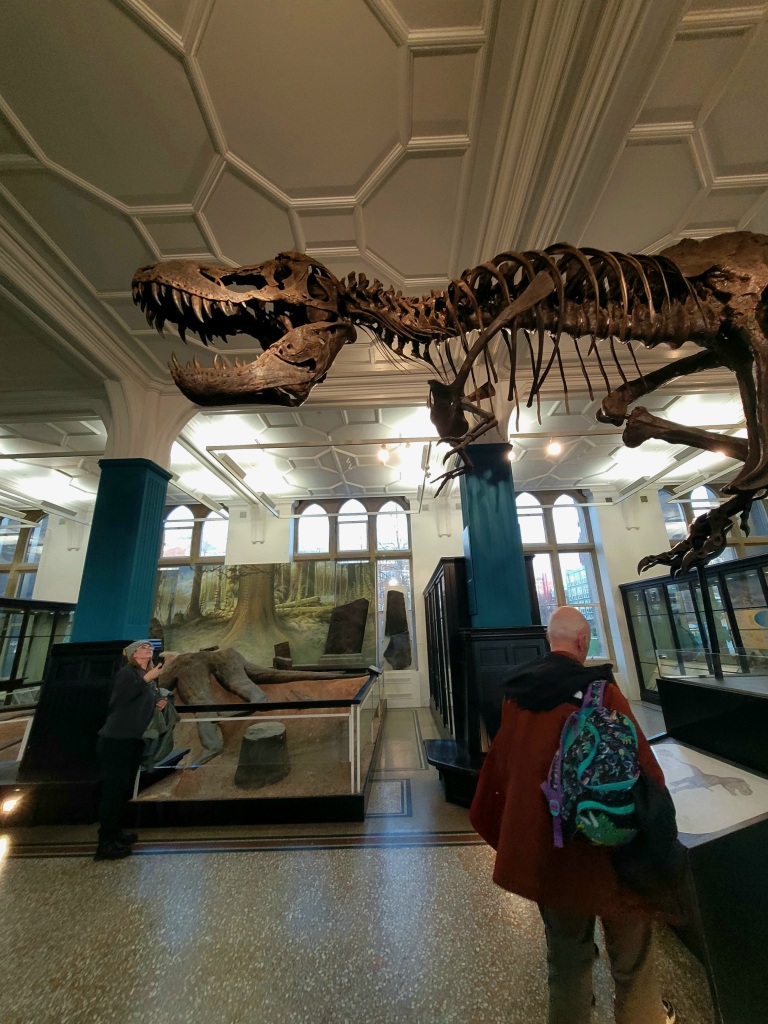
Manchester Museum’s “Stan” The Tyrannosaurus Rex .
The museum is one of the University of Manchester’s ‘cultural assets’, along with the Whitworth Art Gallery, and John Rylands Library amongst others. The Manchester Museum has been extended several times, usually to accommodate new kinds of collections. It is also home to .Maud The Tigon, Maude was the most famous animal in Belle Vue Zoo in the 1940s. When she died, in 1949, her skin was given to the Manchester Museum, part of The University of Manchester, now, she has been prepared by an expert taxidermist and can be admired in her full glory.
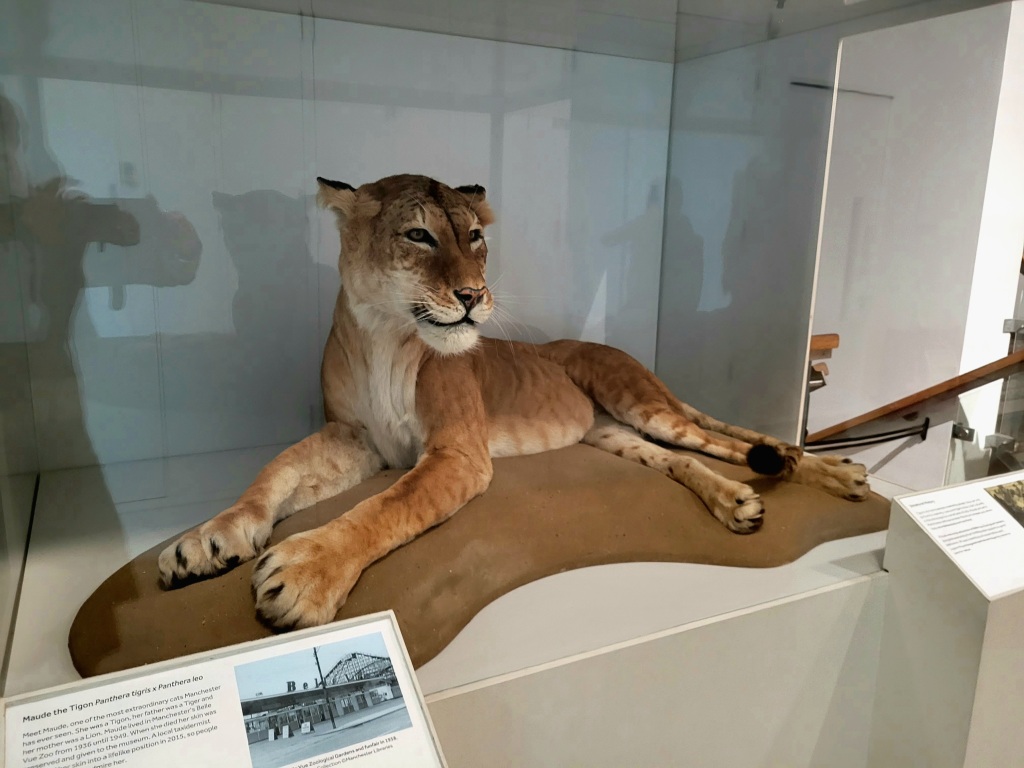
Maud The Tigon, Belle Vue Zoo’s most famous animal.
One of the most fascinating exhibits is a detail from an Assyrian cuneiform slab, from the lower part of the slab, depicting a winged Assyrian deity (or genie) holding a pine cone. The inscription is formulaic and in honour of the King, Assur-nasir-pal II of Assyria. This dates the piece to 883-859 BC and is believed to have once being part of King Assurnasirpal II’s Northwest Palace at Kalhu (modern day Nimrud).
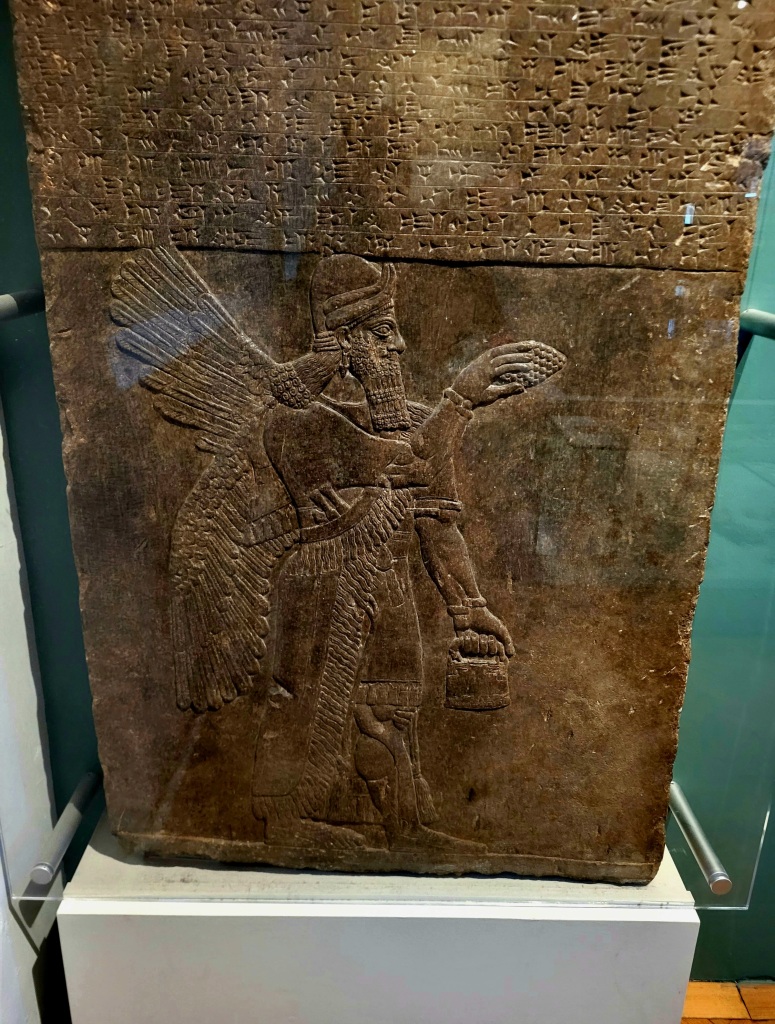
Detail from an Assyrian cuneiform slab, 883-859 BC.
In June 2013 time-lapse footage showing a 10-inch Egyptian statue in the museum’s collection, Neb-Senu a 4,000-year-old Egyptian statue made in about 1800 BC as a medium for the soul of an ancient Egyptian man, had curators at Manchester Museum puzzled after it began to mysteriously rotate overnight, despite being housed in a secure glass case. The statue viewed apparently spinning around unaided, attracted worldwide media attention. Various theories were put forward, with the university’s Professor Brian Cox suggesting “differential friction” between the glass shelf and the object, possibly caused by vibrations made by visitors, caused the object to move. The museum’s Egyptologist Campbell Price, said “it has been on those surfaces since we have had it and it has never moved before. And why would it go around in a perfect circle?” The Manchester Evening News reported that the incident “sent visitor numbers soaring at the Manchester Museum”,and Tim Manley, head of marketing and communications, commented that “There’s been a definite spike in visitors”.
On my last visit to the museum I was delighted to see an ancient statue representing the head of Sekhmet, the Egyptian lion headed goddess. Sekhmet, meaning “she who is powerful”, was an aggressive lioness-goddess associated with destruction. Hundreds of life-size statues of Sekhmet, were erected by King Amenhotep III at his mortuary temple in Western Thebes. Some like the statue in Manchester Museum were moved to cities such as the ancient city of Bubastis. Sekhmet along with Lilith (Mesopotamian and Jewish mythology) is one of the main themes in the first book in my Highgate Trilogy Asylum.
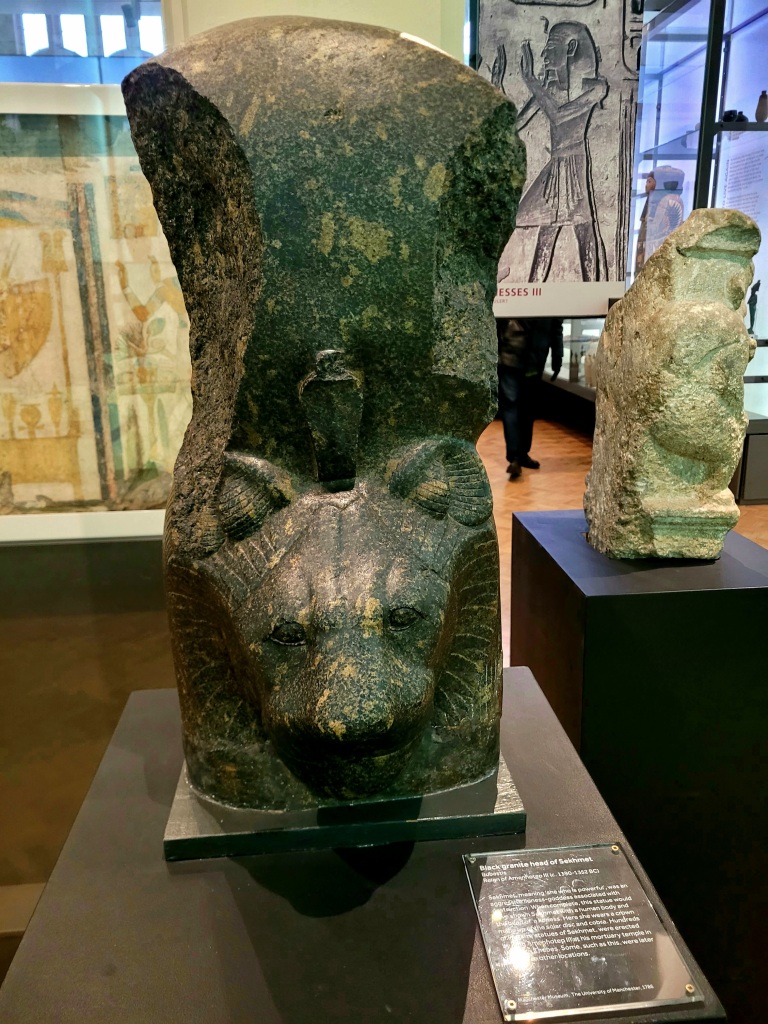
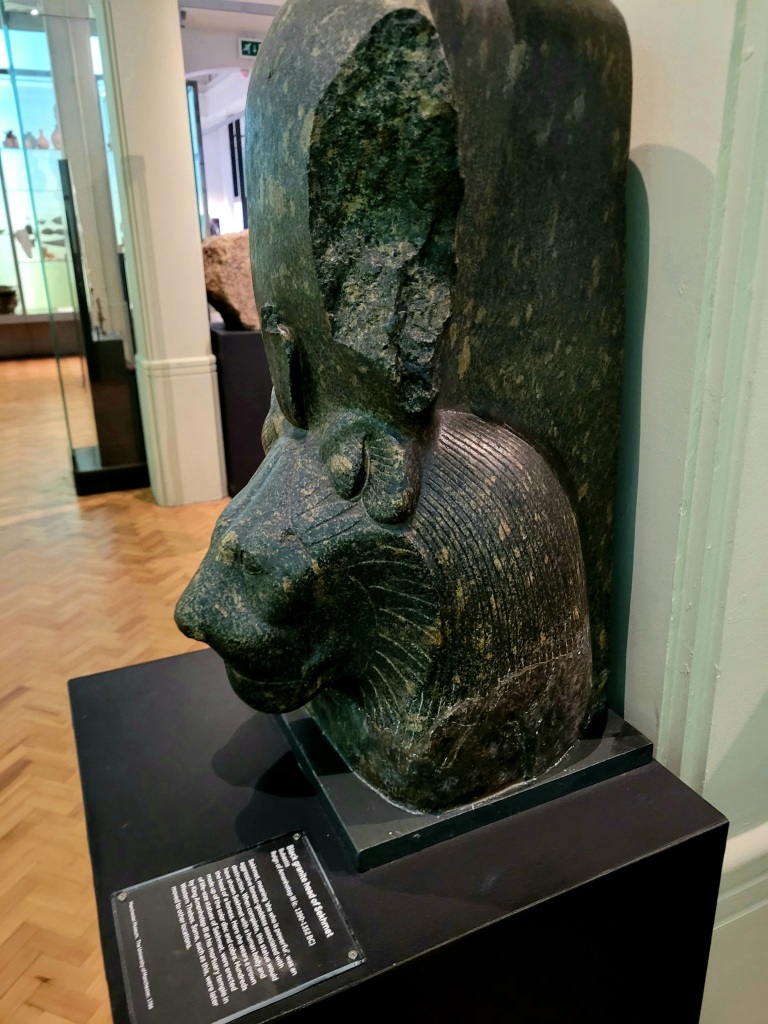
Black granite head of Sekhmet. When complete, this Statue would have shown Sekhmet with a human body and the head of a lioness. Here she wears a crown made up of the solar disc and cobra. Origin Bubastis, Reign of Amenhotep III (c. 1390-1352 BC).

Manchester Museum, Oxford Road, Manchester, Greater Manchester UK.
https://www.amazon.co.uk/Asylum-Highgate-Novels-Book-One-ebook/dp/B09J34VZTM.
